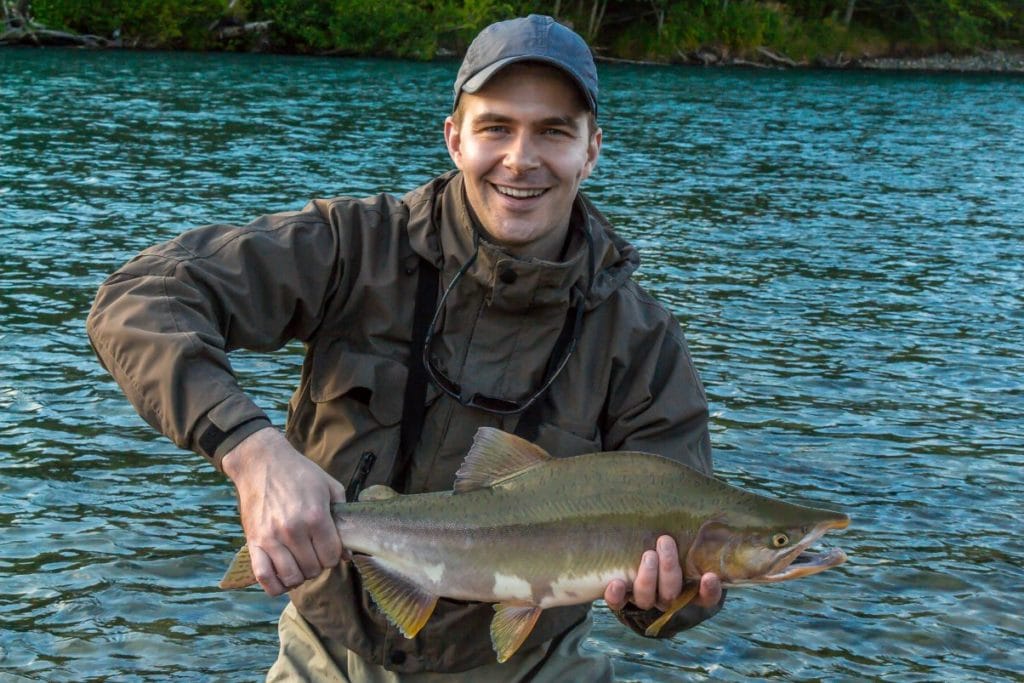
Anglers in the North Lakes are being urged to be on the look out for an invasive fish after fears they could soon be spotted in North West rivers.
The Environment Agency is urging anglers to report unusual catches or sightings of pink salmon after unprecedented numbers have been detected further south than previously observed.
The pink salmon, which can be identified by large black oval spots on its tail, could carry diseases which threaten native fish stocks.
Environment Agency specialists have predicted that the fish – also known as humpback salmon – will be spotted in North West rivers over the coming weeks.
Fisheries managers, anglers and netsmen are requested to remain vigilant and report any sightings or catches to the EA’s national hotline: 0800 80 70 60.
Data collected will help the EA and fisheries researchers better understand how to manage the arrival of pink salmon in the UK.
Anglers holding a salmon licence who catch pink salmon are asked not to return the fish to the water.
Instead they are asked to dispatch of them humanely and, if possible, make the fish available to the EA for inspection and further analysis.
“Wild Atlantic salmon stocks are already under great pressure from a variety of sources,” said Simon Toms, National Fisheries Management Team Leader at the EA.
“The introduction of novel parasites or diseases from invasive species, such as Pacific pink salmon, could represent an additional risk to the species.
“We want to better understand the immediate risk that pink salmon could represent to our important wild salmon stocks. We are urging anglers to report the capture or sightings of all pink salmon to us as soon as possible. “
Pink salmon originate from the northern Pacific Ocean. Following an initiative to develop a net fishery in Northern Russia, pink salmon have established self-sustaining populations in rivers in Russia, Finland and northern Norway.
This is the most likely origin of the pink salmon recently caught in the UK and Ireland.
Previously, pink salmon have been caught in the River Tyne at Wylam and in other locations across Cornwall, Wales, Scotland and western Ireland. Examinations revealed that no notable disease or novel parasites were detected.
However, the Environment Agency has stressed the need to remain watchful and will continue to investigate the possible risk posed by pink salmon.
The agency has produced a factsheet with all of the advice needed for individuals who catch a Pacific pink salmon.
Pink salmon have large black oval spots on the tail, a bluish back, silver flanks and a white belly. They have a very dark mouth and tongue, they are usually between 40 to 60cm in length and breeding males develop a distinctive hump.
In contrast, the native Atlantic salmon typically have no spots on the tail, are usually larger (110cm in length), have a pale mouth and tongue, have a thicker tail base and have one or two black spots on the gill cover and on the back above the lateral line.








